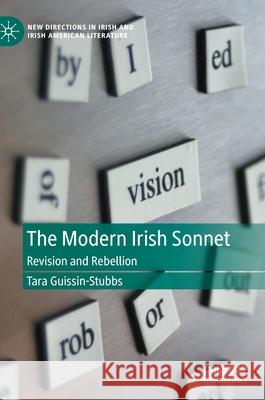The Modern Irish Sonnet: Revision and Rebellion » książka
topmenu
The Modern Irish Sonnet: Revision and Rebellion
ISBN-13: 9783030532413 / Angielski / Twarda / 2020 / 256 str.
The Modern Irish Sonnet: Revision and Rebellion
ISBN-13: 9783030532413 / Angielski / Twarda / 2020 / 256 str.
cena 390,87 zł
(netto: 372,26 VAT: 5%)
Najniższa cena z 30 dni: 385,52 zł
(netto: 372,26 VAT: 5%)
Najniższa cena z 30 dni: 385,52 zł
Termin realizacji zamówienia:
ok. 20 dni roboczych.
ok. 20 dni roboczych.
Darmowa dostawa!
Kategorie:
Kategorie BISAC:
Wydawca:
Palgrave MacMillan
Seria wydawnicza:
Język:
Angielski
ISBN-13:
9783030532413
Rok wydania:
2020
Wydanie:
2020
Numer serii:
000375891
Ilość stron:
256
Waga:
0.49 kg
Wymiary:
21.01 x 14.81 x 1.75
Oprawa:
Twarda
Wolumenów:
01
Dodatkowe informacje:
Wydanie ilustrowane











